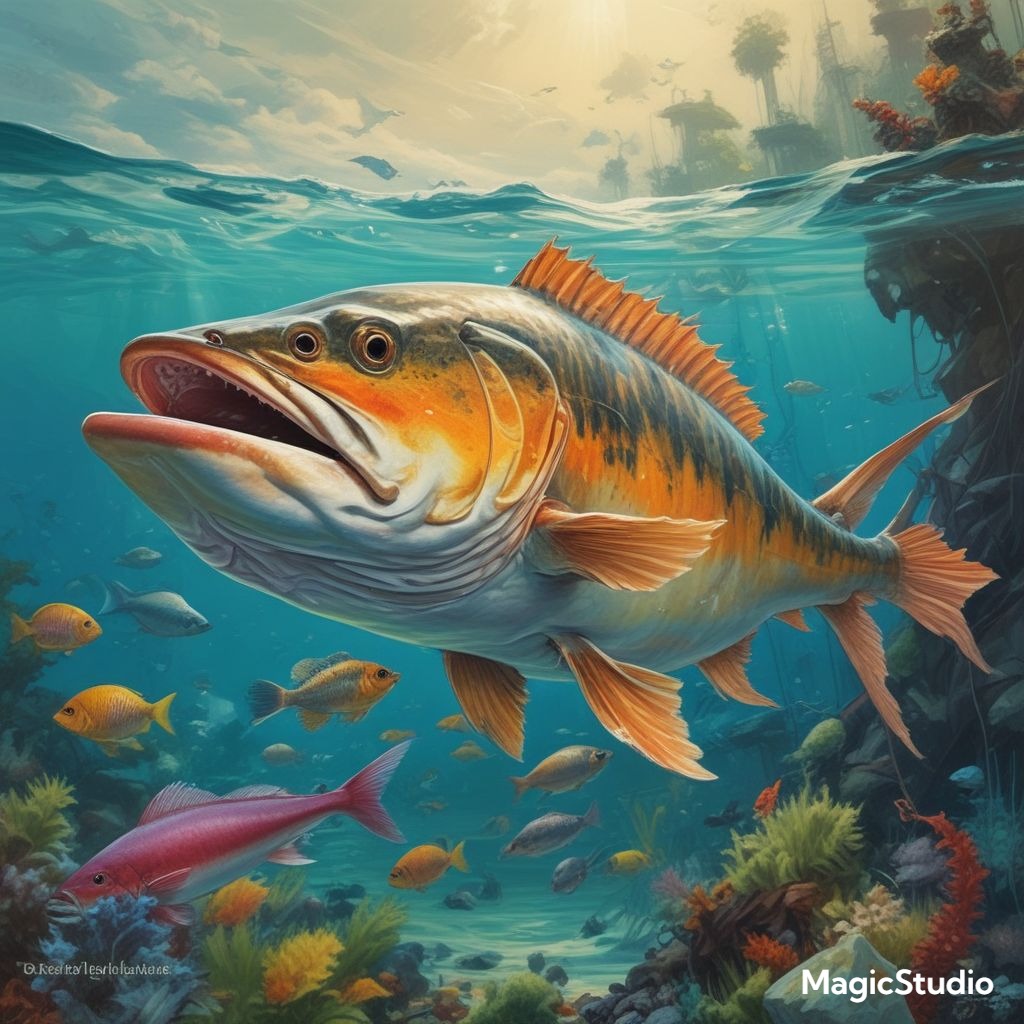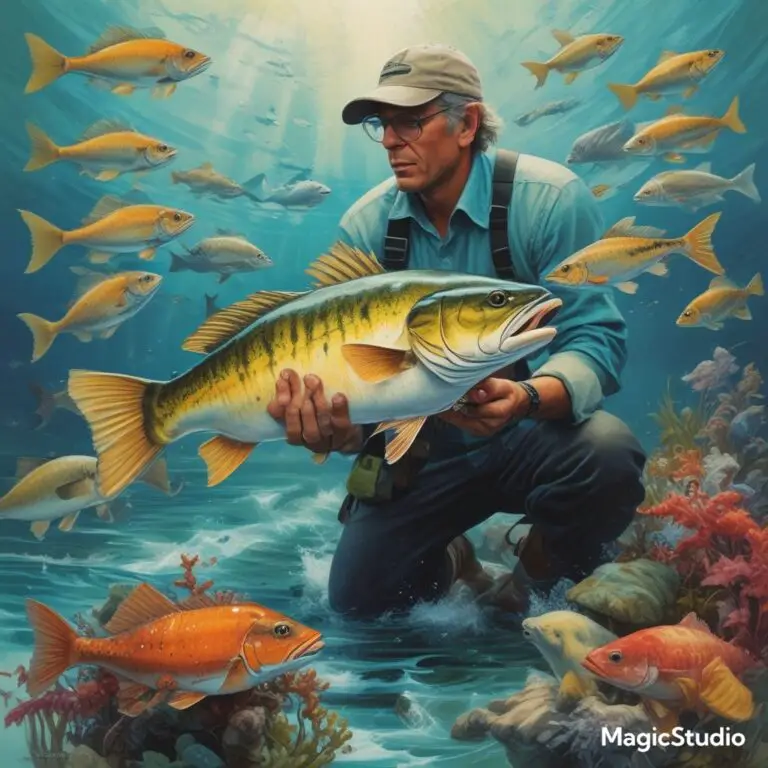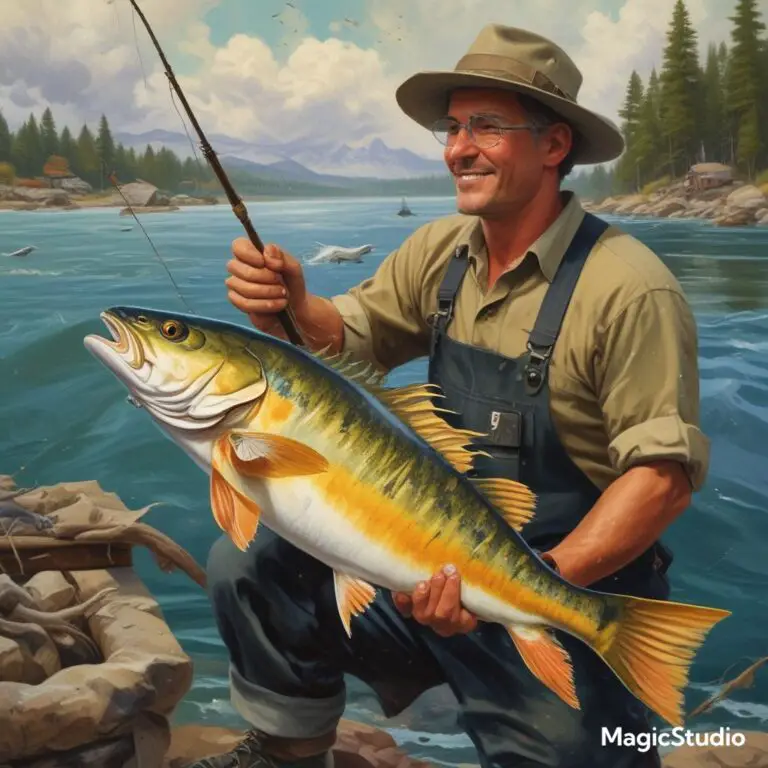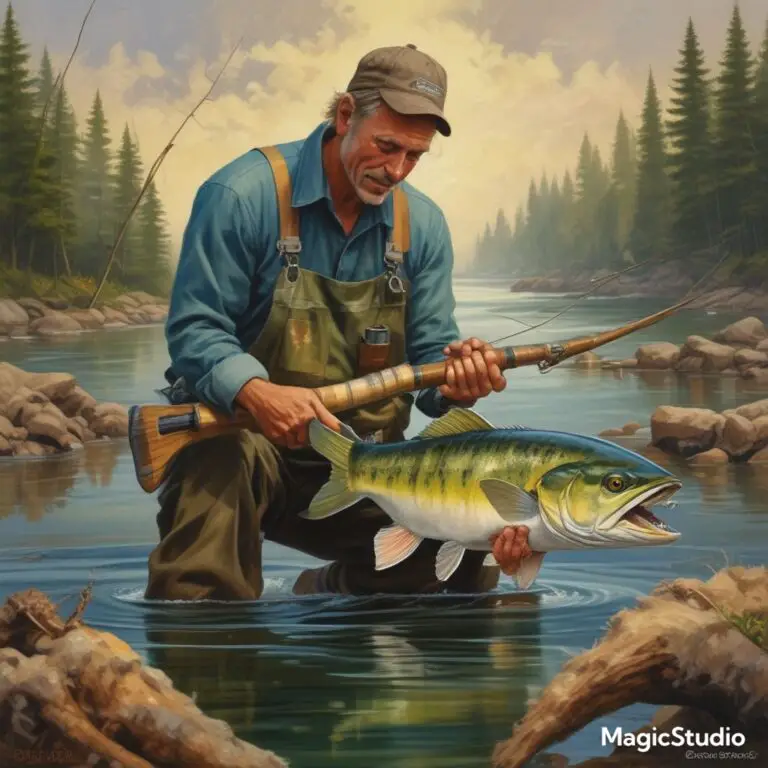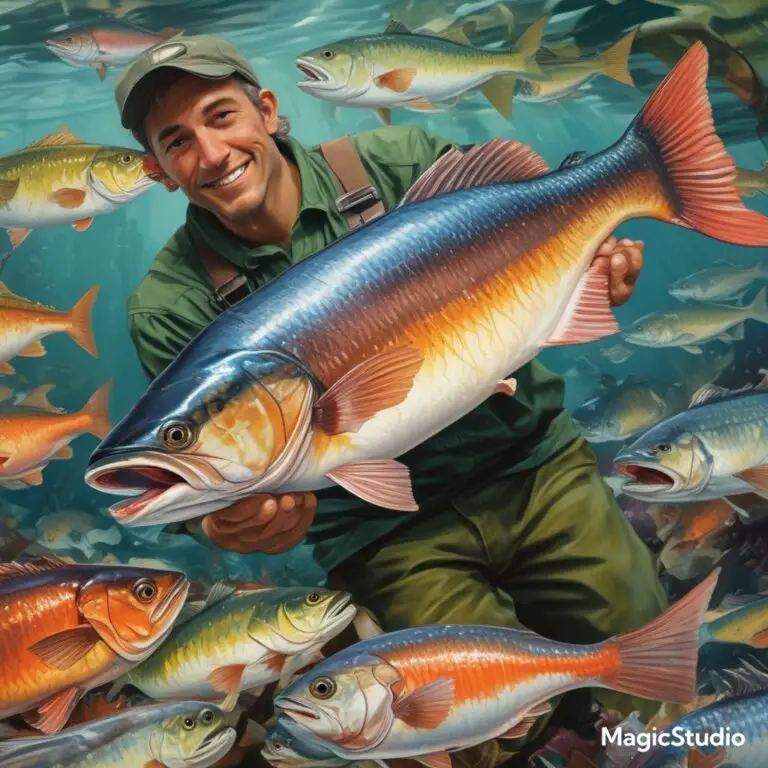Top Sustainable Fishing Techniques for Protecting Our Oceans
Top Sustainable Fishing Techniques for Protecting Our Oceans
The health of our oceans is critical to the well-being of our planet. As stewards of the sea, it’s our responsibility to adopt fishing practices that protect marine ecosystems and ensure that future generations can enjoy the bounty of the ocean. Sustainable fishing techniques are essential in this effort, providing methods that minimize environmental impact while preserving fish populations.
In this guide, we’ll explore some of the top sustainable fishing techniques that contribute to the protection of our oceans. By understanding and implementing these practices, we can all play a role in fostering a healthier marine environment.
Why Sustainable Fishing Matters
Sustainable fishing is crucial for several reasons:
- Preserving Marine Life: Overfishing and destructive fishing practices can deplete fish populations and damage ecosystems.
- Protecting Ecosystems: Healthy oceans depend on balanced ecosystems. Sustainable fishing helps maintain this balance.
- Supporting Local Economies: Sustainable practices ensure that fish populations remain healthy and available for future fishing communities.
Top Sustainable Fishing Techniques
1. Selective Fishing Gear
Using selective fishing gear helps reduce bycatch, the capture of unintended species. Here are some examples:
- Circle Hooks: These hooks are designed to hook fish in the mouth rather than the gut, reducing injury and increasing the likelihood of survival for released fish.
- Trawling Modifications: Modifying trawl nets with escape panels or bycatch reduction devices helps non-target species evade capture.
2. Aquaculture
Aquaculture, or fish farming, can reduce pressure on wild fish populations when done sustainably. Key practices include:
- Recirculating Aquaculture Systems (RAS): These systems recycle water within the farm, minimizing pollution and conserving water.
- Integrated Multi-Trophic Aquaculture (IMTA): This method involves farming different species together, such as fish, shellfish, and seaweed, to create a balanced ecosystem and recycle nutrients.
3. Marine Protected Areas (MPAs)
MPAs are designated regions where fishing activities are restricted or regulated to protect marine life and habitats. Benefits of MPAs include:
- Habitat Protection: MPAs safeguard critical habitats such as coral reefs and seagrass beds.
- Fish Population Recovery: By limiting fishing in certain areas, MPAs allow fish populations to recover and thrive.
4. Catch Share Programs
Catch share programs allocate specific portions of the total allowable catch to individuals or groups, helping manage fish stocks more effectively. Benefits include:
- Enhanced Accountability: Fishermen have a vested interest in managing fish stocks sustainably when they hold a share.
- Reduced Overfishing: Catch shares help prevent overfishing by capping the total catch and distributing it among stakeholders.
5. Bycatch Reduction Technologies
Technologies designed to minimize bycatch are vital for sustainable fishing. Examples include:
- Bycatch Reduction Devices (BRDs): These devices are incorporated into fishing gear to allow non-target species to escape.
- Sea Turtle Excluder Devices (TEDs): TEDs are used in shrimp trawls to prevent sea turtles from being accidentally captured.
6. Sustainable Certification Programs
Certification programs provide guidelines and standards for sustainable fishing practices. Recognized programs include:
- Marine Stewardship Council (MSC): The MSC certification ensures that seafood is sourced from fisheries that adhere to sustainable practices.
- Aquaculture Stewardship Council (ASC): The ASC certification focuses on responsible aquaculture practices, ensuring that farmed seafood is produced with minimal environmental impact.
How You Can Support Sustainable Fishing
You don’t have to be a fisherman to contribute to sustainable fishing practices. Here’s how you can help:
- Choose Certified Seafood: Look for MSC or ASC labels when buying seafood to support sustainably managed fisheries and farms.
- Advocate for Marine Conservation: Support policies and organizations dedicated to marine conservation and sustainable fishing.
- Educate Others: Share knowledge about sustainable fishing practices and their importance with friends, family, and your community.
By adopting and promoting sustainable fishing techniques, we can all contribute to the protection and preservation of our oceans. Let’s work together to ensure a vibrant and healthy marine environment for generations to come.
